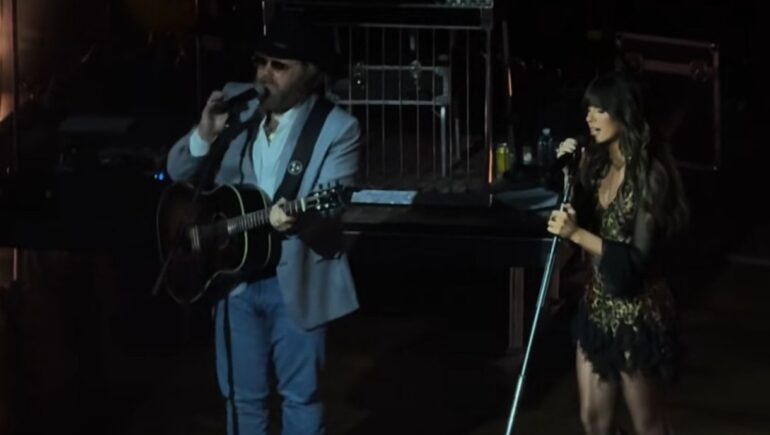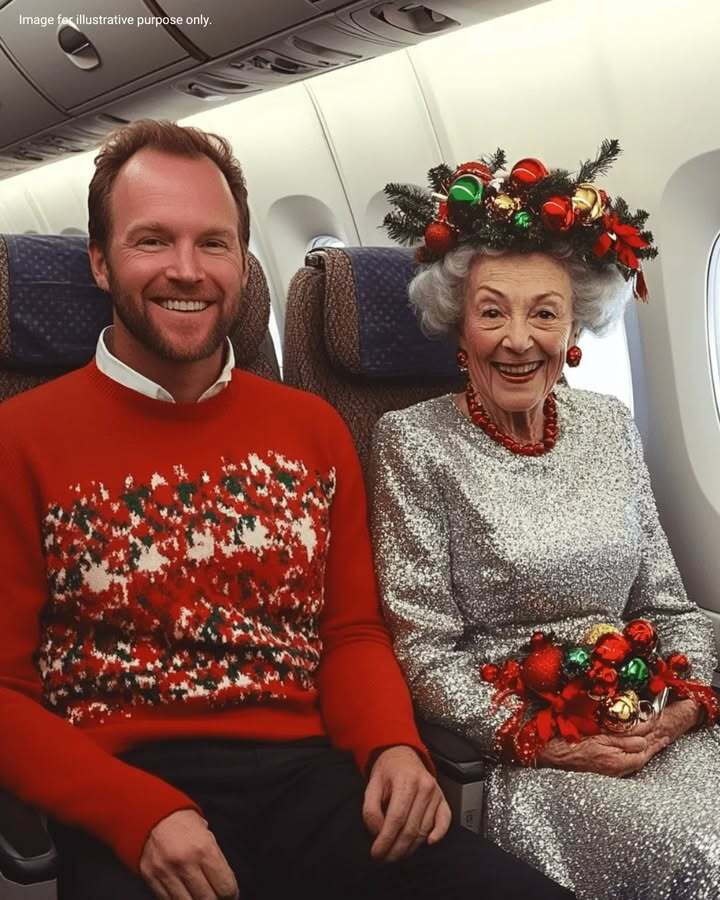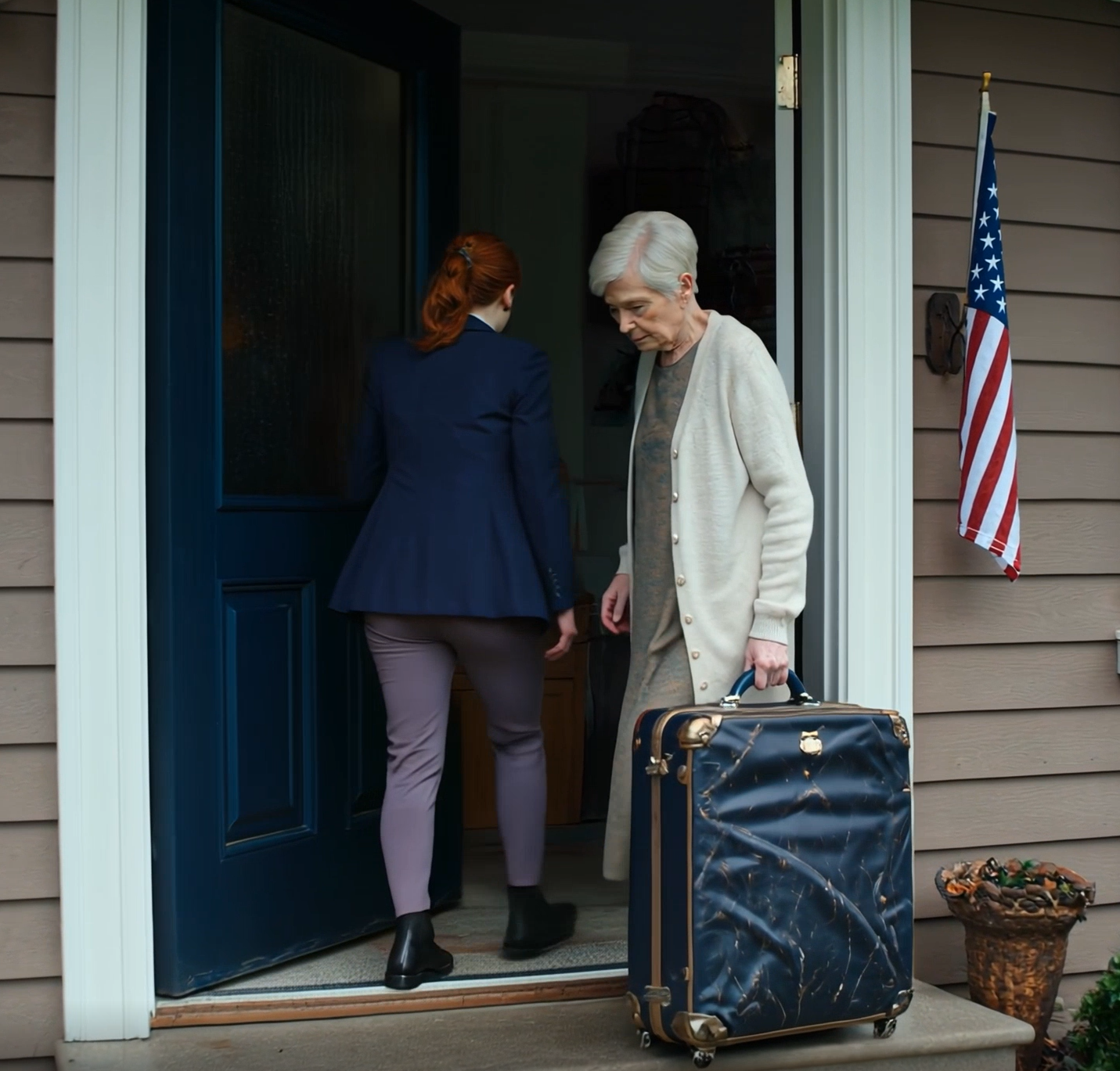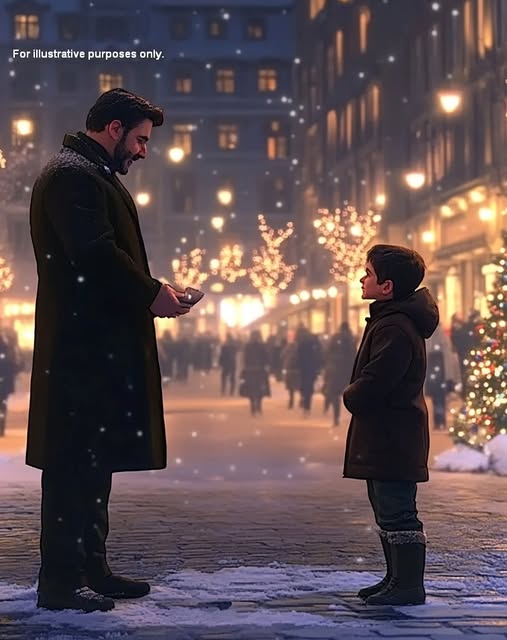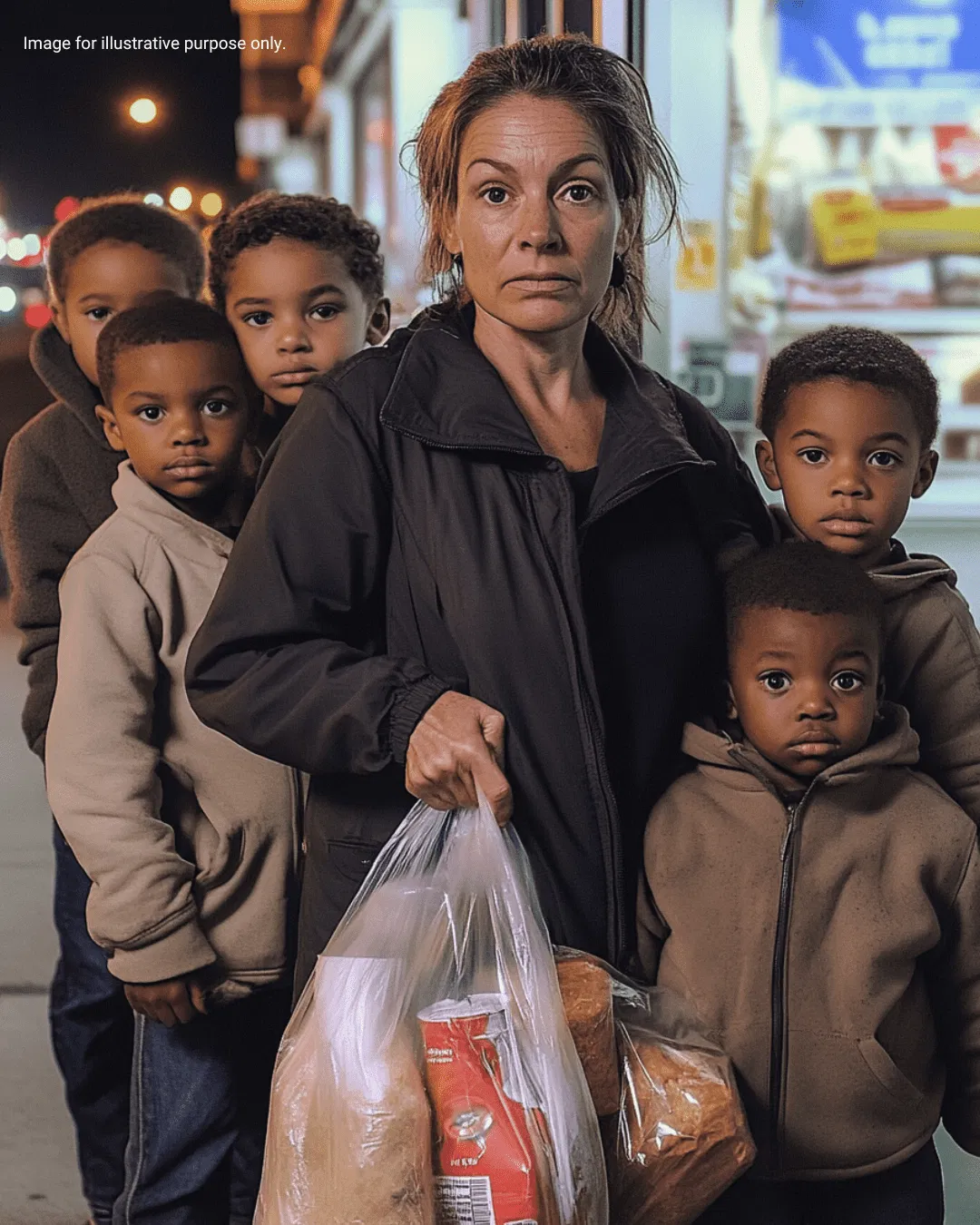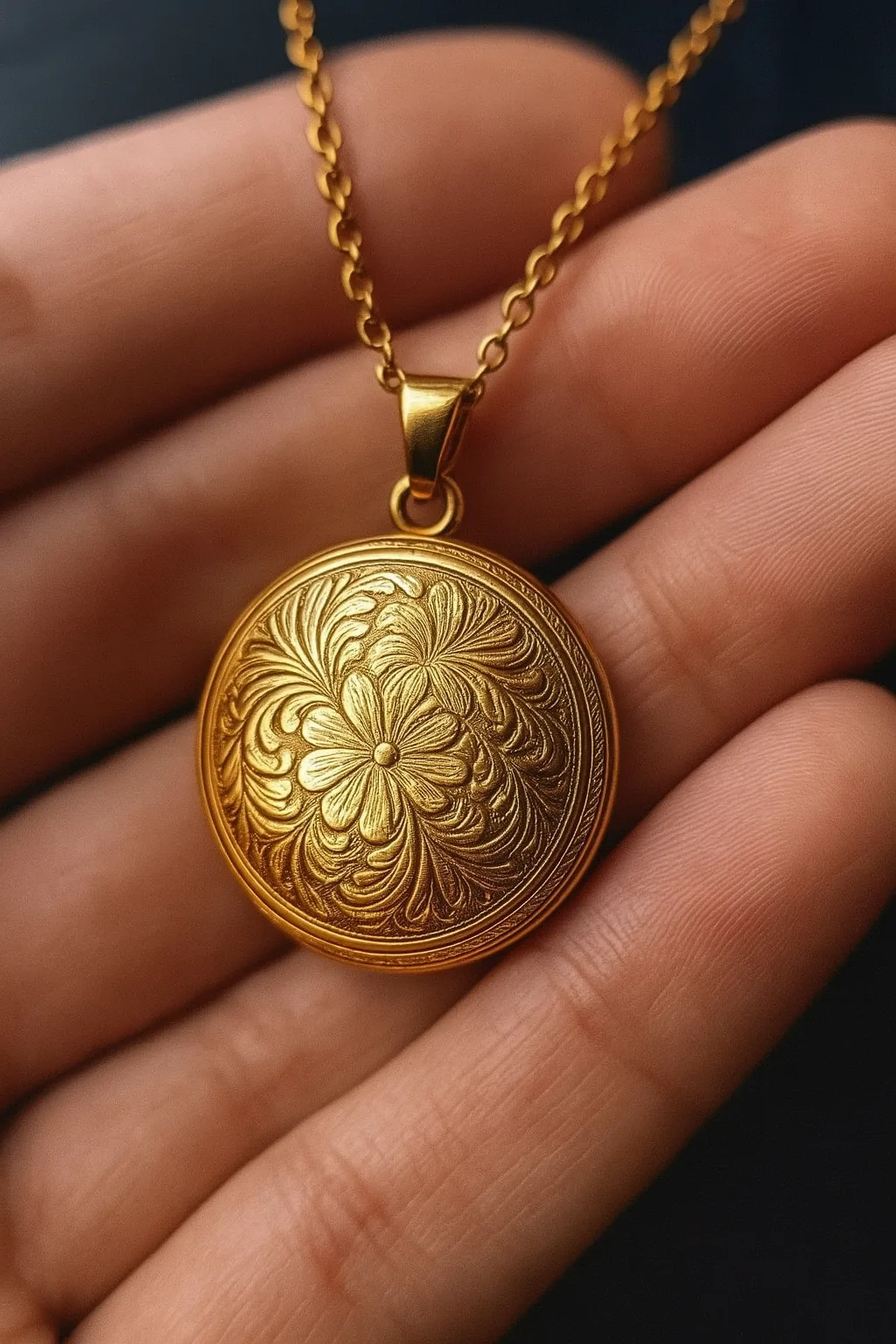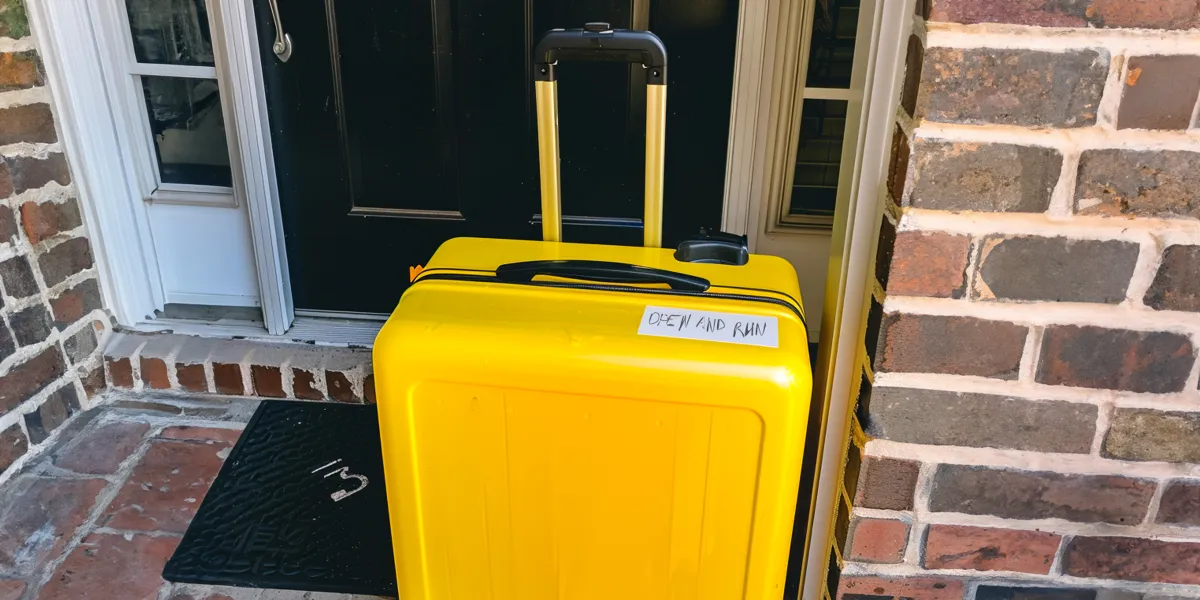From Streets to Success: A Journey of Hope and Second Chances
In 2006, on the bustling streets of Nigeria, a little boy wandered alone. Hungry. Thirsty. Invisible to most. 💔 The world passed him by, unaware of the life he could have had, the dreams buried beneath despair. Then, one day, a British woman noticed him. She saw beyond the dirt, beyond the ragged clothes, beyond … Read more

